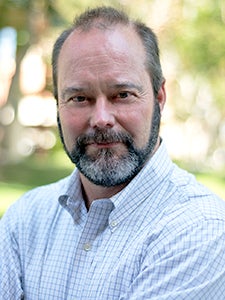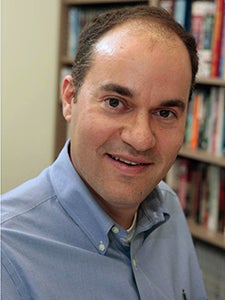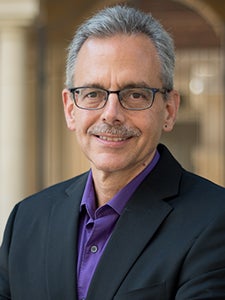Gridlock Solvers
It probably does not come as a major shock that results of a USC Dornsife/California Community Foundation/Los Angeles Times poll released Oct. 7 reveal traffic and congestion to be the point of greatest concern among L.A. residents who responded to the survey. Of 1,500 people polled, 55 percent indicated that they were concerned more about traffic than any other issue — including crime and gangs, personal finances and substandard housing.
“If you’ve ever been on Interstate 10 or the 405 at rush hour, you know what people like least about living in Los Angeles,” said Dan Schnur, director of the USC Dornsife/CCF/Los Angeles Times Poll and director of the Unruh Institute of Politics of USC. “No surprise; but we wanted to substantiate our instincts with hard data. So when we do begin to work in a community to make the changes we need to improve the city, we will know where the members of that community want us to start.”
Following the poll, USC Dornsife faculty members offered a scholarly perspective on why L.A. traffic is such a daunting challenge in particular — and suggested what first steps they believe would make the biggest difference in decongesting our road ways.
William Deverell, professor of history, on what caused the traffic in L.A. and how government initiatives can help:

“Among the reasons for the traffic are an awful lot of people and relatively cheap gas [compared to the rest of the world]. In the past, the city was planned around the idea of sprawl. As L.A. stretched out, we put roads and freeways on top of what were once trolley lines to sustain that stretching out. Also, I’d say our proclivity to drive alone adds a lot of cars to the roads. Pull out just a relatively small number of those cars by way of carpool or rideshare and traffic would go down a lot.
“A really good first step is to vote for additional sales tax increments to further Measure R, a 2008 ballot proposition that uses sales tax revenue to improve public transit, including new light rail lines. It’s hugely ambitious and very exciting.”
Matthew Kahn, visiting professor of economics and spatial sciences, on how process changes would begin to address congestion:

“To an economist, traffic congestion means that the demand for our roads and parking exceeds the fixed supply. In such cases, economists advocate that we introduce a peak time toll for highway use that would decline during off-peak hours.
“I also support introducing time-of-day parking prices so that at peak times it costs more to park. Introducing these two pricing policies would reduce air pollution, increase the use of public transit and would mean that Los Angeles drivers could travel across the city at higher speeds and wouldn’t be stuck in traffic.”
Manuel Pastor, Turpanjian Chair in Civil Society and Social Change and professor of sociology and American studies and ethnicity, on the need to invest in public transit:

“When most people think of L.A., they associate us with car culture and suburban sprawl. That’s definitely our past – but this is now a region investing billions of dollars in an expanded mass transit system and a city where the hottest new real estate markets are in its densest and oldest areas.
“And in the new Los Angeles, a key question is equity: who will be served by the transit, who might be forced out by development and displacement, and who will gain from the new jobs being created. We take on those issues in our report, An Agenda for Equity: A Framework for Building a Just Transportation System in Los Angeles County, providing a vision and policy strategies for more inclusive and sustainable growth.”
Although the community-level changes needed to rectify the problem are a long way down the freeway, Schnur points out that there are steps individuals can take — literally — to improve their quality of life.
“The majority of Angelenos have decided it’s worth making a trade to put up with all that time stuck on the highway to enjoy this weather and this lifestyle,” Schnur said. “But what some have discovered is that they don’t have to make that trade — they can ride the train; they can bike; they can walk.”
What’s your solution to L.A. traffic? Let us know on our Facebook page or send us a tweet.